Rosy tetra - Hyphessobrycon rosaceus
Scientific name: Hyphessobrycon rosaceus
Common name: Rosy tetra
Family: Characidae
Usual size in fish tanks: 3 - 4 cm (1.18 - 1.57 inch)
014
Recommended pH range: 5.8 - 7.5
Recommended water hardness: 4 - 12°N (71.43 - 214.29ppm)
0°C 32°F30°C 86°F
Recommended temperature range: 24 - 28 °C (75.2 - 82.4°F)
The way how these fish reproduce: Spawning
Where the species comes from: South America
Temperament to its own species: peaceful
Temperament toward other fish species: peaceful
Usual place in the tank: Middle levels
Origin
The Rosy Tetra, scientifically known as Hyphessobrycon rosaceus, originates from South America, particularly in the slow-moving waters of Suriname and Brazil. These habitats are typically found in dense forested areas where decaying vegetation enriches the water with tannins, creating a soft, slightly acidic environment. The natural habitat of the Rosy Tetra is rich in organic material, providing plenty of hiding spots and foraging areas. When setting up an aquarium for these fish, replicating these conditions helps keep them stress-free and healthy.
Appearance
Rosy Tetras are small, vibrant fish with a body length of about 3-4 cm (1.18-1.57 inches) in aquariums. They have a striking rose-pink hue, which becomes more intense in males, especially during breeding periods. Their fins are transparent with a hint of red, and their dorsal fin features a distinctive black and white stripe. The subtle differences in coloration between males and females make them an attractive addition to community tanks.
Feeding and Diet
Rosy Tetras are omnivorous and thrive on a varied diet. In the aquarium, their diet should consist of high-quality flakes, granules, and micro pellets as the staple. To enhance their natural coloration and promote overall health, supplement their diet with live or frozen foods such as brine shrimp, bloodworms, and daphnia. Additionally, feeding them vitamin-enriched food helps boost their immune system and improve their vibrant colors.
Feed them small portions two to three times a day, ensuring that all food particles are consumed within a few minutes. This feeding routine helps maintain water quality and mimics their natural feeding behavior in the wild, where they forage for small insects and organic matter. Occasionally offering finely chopped vegetables like blanched spinach can add variety to their diet.
Tank Setup and Environment
Rosy Tetras are peaceful and active fish that thrive in a well-planted community aquarium. A tank of at least 40 liters (10 gallons) is suitable for a small group of 6-8 Rosy Tetras, although larger groups are preferred as it encourages natural schooling behavior. Since they occupy the middle levels of the aquarium, provide them with plenty of open swimming spaces along with areas of dense planting for hiding and resting.
Incorporate live plants such as Java Fern, Amazon Swords, and floating plants to create shaded areas and replicate their natural habitat. Use a dark, soft substrate to mimic the riverbeds they inhabit in the wild. Additionally, adding driftwood and Indian Almond leaves to the tank can release beneficial tannins into the water, slightly lowering the pH and providing the acidic conditions they prefer.
Maintain dim lighting in the aquarium, as Rosy Tetras naturally inhabit shaded forest waters. Subdued lighting also helps to enhance their colors and reduce stress. To ensure the water remains clean and well-oxygenated, use a gentle filtration system to provide adequate water circulation without creating strong currents. Regular partial water changes (about 25% weekly) are necessary to maintain water quality and prevent the build-up of harmful substances.
Water Parameters
Rosy Tetras prefer soft, slightly acidic to neutral water, with a pH range of 5.8-7.5. The recommended water hardness (dGH) is between 4-12°N (71.43-214.29 ppm), allowing for a soft to moderately hard environment. Keep the water temperature within 24-28°C (75.2-82.4°F) to replicate the warm, tropical conditions of their natural habitat.
To maintain these water parameters, use a pH test kit weekly and monitor the carbonate hardness (KH) and total hardness (GH) to ensure stability. Proper aeration is crucial for their well-being, so use an air stone or water pump to enhance oxygen exchange in the tank. Maintaining consistent water conditions is key to reducing stress and preventing health issues in Rosy Tetras.
Behavior and Compatibility
Rosy Tetras are peaceful schooling fish that do best when kept in groups of at least 6-8 individuals. When kept in larger groups, they display natural schooling behavior, swimming gracefully through the middle levels of the aquarium. This social interaction helps them feel secure and reduces the likelihood of fin-nipping behavior, which can occur if they are kept alone or in small numbers.
These tetras make excellent tankmates for other small, peaceful species such as rasboras, dwarf gouramis, Corydoras catfish, and other small tetras. Avoid housing them with aggressive or much larger fish that may outcompete them for food or cause stress. Providing ample hiding spots among plants and decorations ensures they have areas to retreat to if needed, contributing to a harmonious community tank environment.
Sexing
Sexing Rosy Tetras can be relatively straightforward once they reach maturity. Males are more brightly colored, exhibiting a deeper rose-pink hue, especially during breeding seasons. Females are rounder and fuller-bodied, particularly when carrying eggs. Observing their behavior can also provide clues, as males often become more active and display courtship behavior when attempting to attract females.
Breeding
Breeding Rosy Tetras in captivity can be challenging but rewarding. They are egg scatterers, and soft, acidic water conditions are essential for successful spawning. To initiate breeding, raise the water temperature to 27-28°C (80.6-82.4°F) and ensure the water is soft, with a pH of around 6.0-6.5. It is advisable to separate the breeding pair into a dedicated breeding tank with dim lighting and plenty of floating plants or fine-leaved plants to provide spawning sites.
Condition the parent fish with live or frozen foods for several days before spawning. During the breeding process, the female will scatter eggs among the plants, and the male will fertilize them. Once spawning is complete, promptly remove the parent fish to prevent them from consuming the eggs. The eggs typically hatch within 24-36 hours, and the fry become free-swimming a few days later.
Initially, feed the fry with microscopic foods such as infusoria or liquid fry food. As they grow, gradually introduce newly hatched brine shrimp or finely crushed flakes to support their development. Maintaining high water quality in the fry tank is crucial for the survival and growth of the young fish.
Lifespan
The Rosy Tetra (Hyphessobrycon rosaceus) has a lifespan of up to 5 years in captivity. Their longevity depends on maintaining stable water conditions, a varied diet, and a stress-free environment.
Short Description
The Rosy Tetra is a peaceful, vibrant fish that makes a wonderful addition to community aquariums. Known for its beautiful rose-pink coloration and social nature, this species thrives in well-planted tanks with ample swimming space. While they are relatively easy to care for, they require stable water conditions and a calm environment to display their best colors and behaviors. When kept in a group, they exhibit natural schooling behavior and get along well with other small, peaceful fish.
Pictures
Thanks to Jan Wirén for allowing us to use his picture. Other pictures were bought from jjphoto.dk.
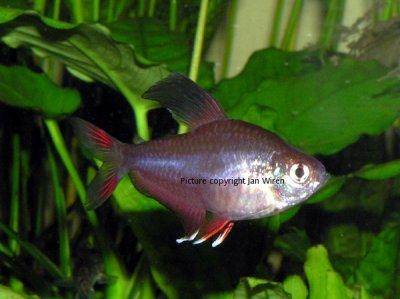



 Bloodfin
Bloodfin 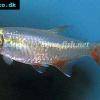 Bloodfin
Bloodfin  Panda
Panda  Green
Green 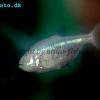 Blind
Blind 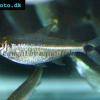 Kennedy
Kennedy 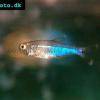 Blue
Blue 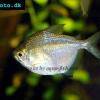 Discus
Discus 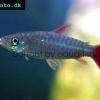 Pink
Pink 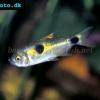 Bucktoothed
Bucktoothed  Black
Black 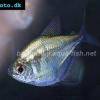 False
False 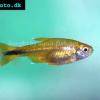 Silver
Silver  Hemigrammus
Hemigrammus 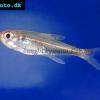 Dash-dot
Dash-dot 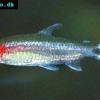 Rummy
Rummy 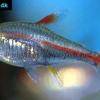 Glowlight
Glowlight 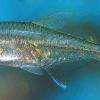 January
January 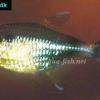 Head
Head  Garnet
Garnet 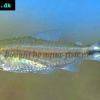 Rummy
Rummy  Gold
Gold 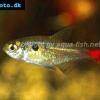 Red
Red  Ember
Ember 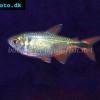 Buenos
Buenos  Colombian
Colombian 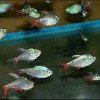 Ecuador
Ecuador  Bleeding
Bleeding 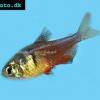 Flame
Flame 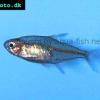 Georgett’s
Georgett’s  Griems
Griems  Kitty
Kitty 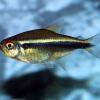 Black
Black  Firefin
Firefin 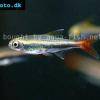 Loreto
Loreto 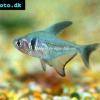 Black
Black 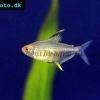 Lemon
Lemon 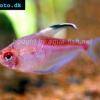 Redback
Redback 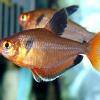 Serpae
Serpae 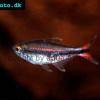 Savanna
Savanna 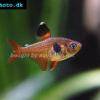 Red
Red 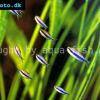 Blue
Blue 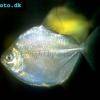 Silver
Silver 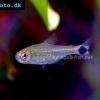 Ceros
Ceros  Napo
Napo 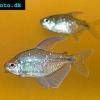 Diamond
Diamond 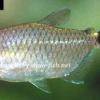 Red
Red 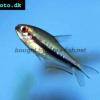 Rainbow
Rainbow 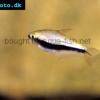 Emperor
Emperor 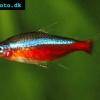 Cardinal
Cardinal 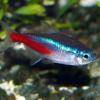 Neon
Neon 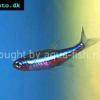 Green
Green  False
False 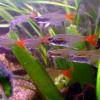 Glass
Glass 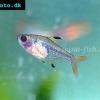 X-ray
X-ray 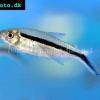 Penguin
Penguin